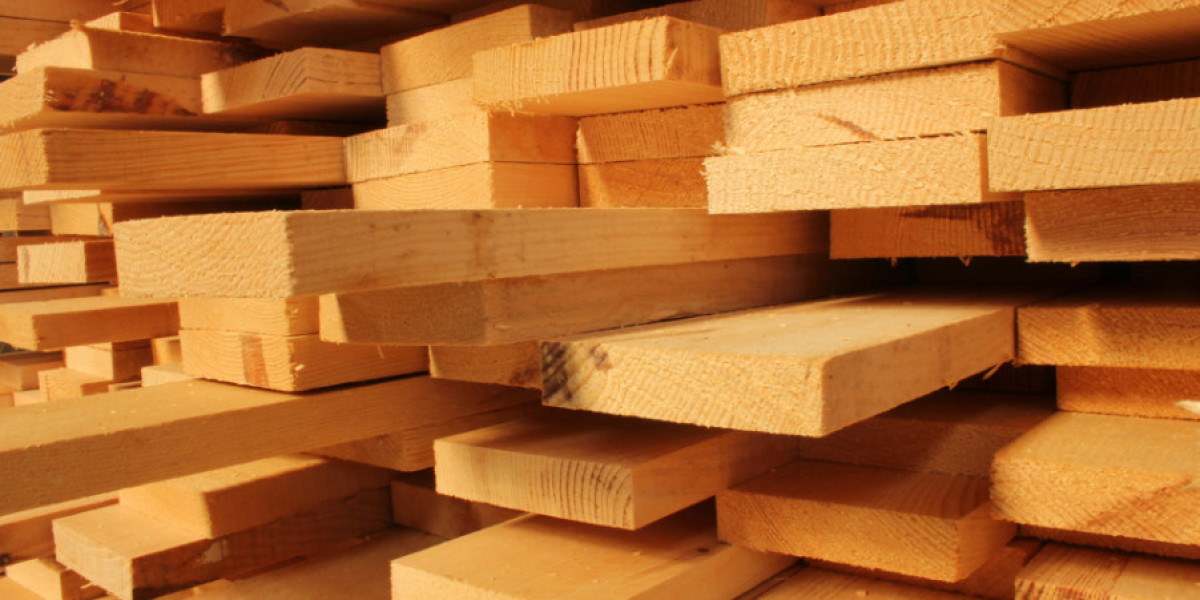Lumber products are indispensable in the construction, furniture, and design industries. Derived from trees, they are crafted into various forms to cater to specific applications, ensuring durability, functionality, and aesthetic appeal. Let's explore the importance, types, and applications of lumber products and how they contribute to modern living.
Types of Lumber Products
Dimensional Lumber
- Commonly used for framing houses and buildings.
- Comes in standard sizes like 2x4, 2x6, and 4x4.
Plywood
- Manufactured by gluing thin sheets of wood veneer.
- Known for its strength and versatility.
Hardwood
- Derived from deciduous trees like oak, maple, and cherry.
- Ideal for flooring, cabinetry, and high-end furniture.
Softwood
- Comes from coniferous trees like pine, cedar, and fir.
- Primarily used in construction and outdoor projects.
Engineered Wood Products
- Includes MDF (Medium Density Fiberboard), OSB (Oriented Strand Board), and LVL (Laminated Veneer Lumber).
- Designed for specific strength and stability requirements.
Applications of Lumber Products
Construction
- Framing, flooring, and roofing rely heavily on lumber due to its strength and workability.
- Engineered products are preferred for precision and consistency.
Furniture Making
- Hardwood is the choice for elegant and durable furniture pieces.
- Softwood is often used for lightweight, budget-friendly designs.
Interior Design
- Wall panels, decorative beams, and custom-built furniture use premium-grade lumber for aesthetic appeal.
Outdoor Projects
- Treated lumber is resistant to weather, making it suitable for decks, fences, and garden structures.
Industrial Use
- Lumber is essential for packaging materials like pallets and crates.
Environmental Considerations
With increasing awareness of environmental sustainability, responsibly sourced lumber has become crucial. Look for certifications like:
- FSC (Forest Stewardship Council) ensures lumber comes from responsibly managed forests.
- PEFC (Programme for the Endorsement of Forest Certification) promotes sustainable forest management.
Recycling and repurposing wood also help minimize waste and conserve resources.
Choosing the Right Lumber
When selecting lumber products for your project:
- Determine the Use: Indoor or outdoor? Structural or decorative?
- Consider Quality: Check for knots, warping, or defects that could compromise strength.
- Choose the Right Grade: Higher grades have fewer imperfections and are ideal for visible applications.
Conclusion
Lumber products are more than just wood; they represent a versatile, renewable resource that powers industries and enhances lives. Whether you're building a home, crafting furniture, or designing an interior space, understanding the various types and applications of lumber ensures your project is a success.
As demand grows, sustainable practices and innovative engineered products are shaping the future of lumber, making it an even more integral part of our world.






